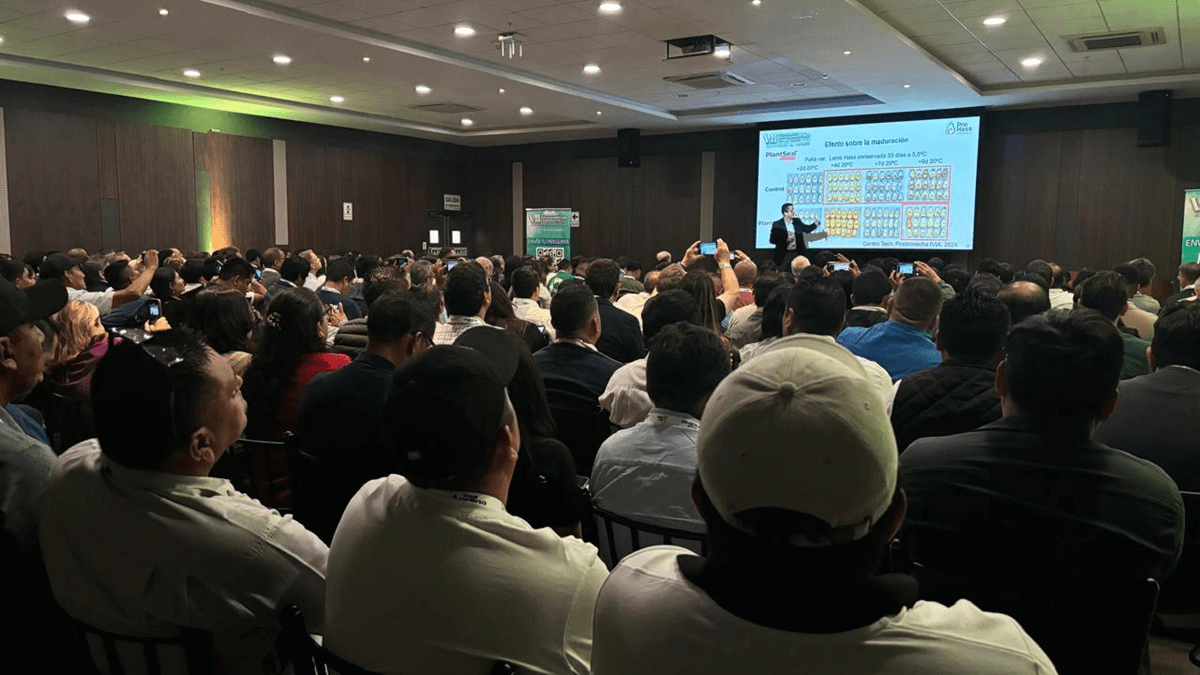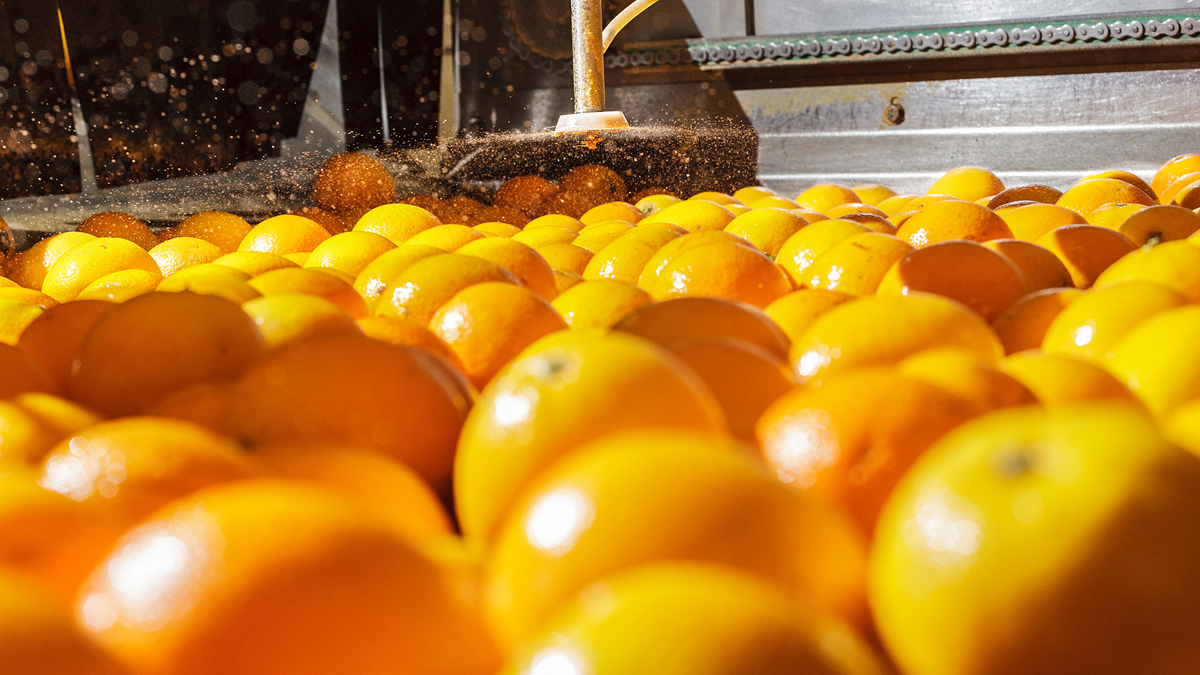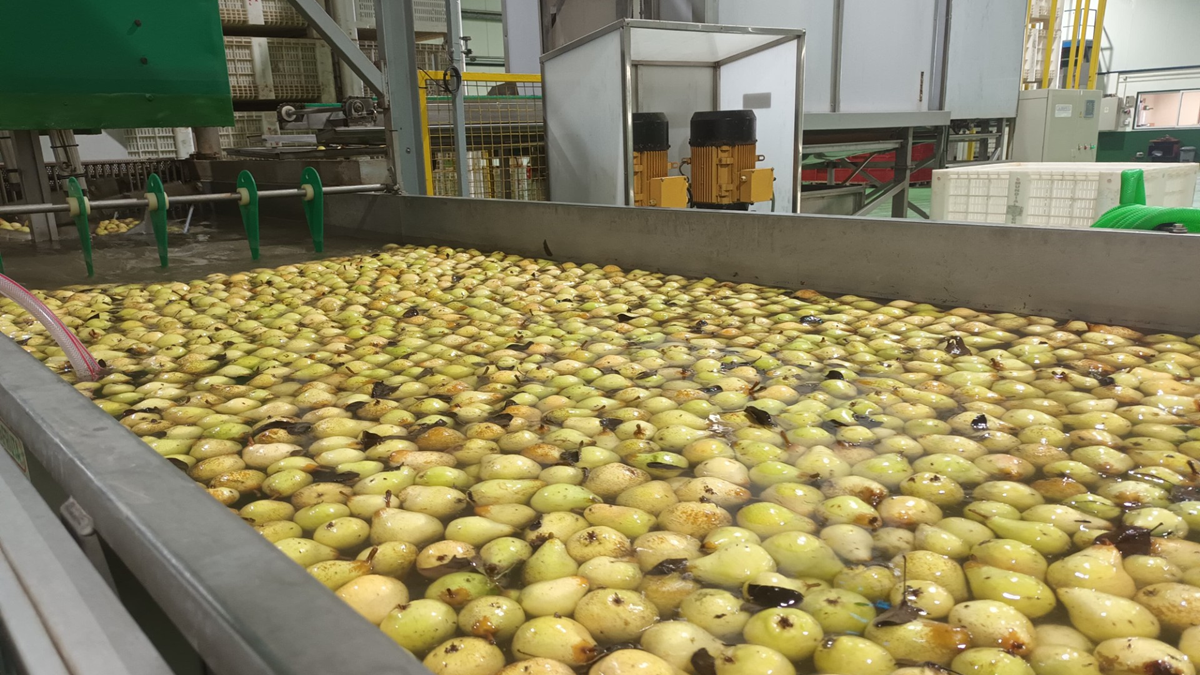Phytosanitaries
Coatings to reduce the incidence of chilling injury in citrus fruits
Impact of chilling injuries on citrus fruit marketing One of the predominant causes of skin disorders in citrus fruits is "chilling injury" (CI). Citrus fruits are susceptible to CI when exposed to low temperatures (
06 July, 2023
Impact of chilling injuries on citrus fruit marketingOne of the predominant causes of skin disorders in citrus fruits is "chilling injury" (CI). Citrus fruits are susceptible to CI when exposed to low temperatures (<512°C) without reaching freezing temperatures. CI on the skin is more severe in citrus fruits that are kept at low temperatures for long periods of time, such as during long-distance refrigerated transportation. Generally, the longer the exposure to lower temperatures, the more damage is caused. CI can be significant in citrus exports where the fruit undergoes cold quarantine (1.12.2°C). The incidence of this disorder ranges from almost zero to 50% of affected fruit. Application of waxes and coatings to reduce the incidence of CI In general, the use of waxes and coatings reduces the incidence of CI. However, scientific information presents contradictory results, such as waxing mitigating CI in grapefruit while increasing it in lemons grown in Florida but not in California. This is most likely due to the fact that waxes from different sources are very different in both composition and properties of their wax component emulsions (carnauba, polyethylene, shellac, beeswax, etc.). Scientific literature simply mentions waxes, but waxes can vary significantly. Plantseal and CI CONTROL coatings, Citrosol's solution against cold damage In 2011, CITROSOL began research to find wax formulations capable of mitigating skin damage from CI. Finally, in 2019-2020, two new lines of coatings were introduced, the Plantseal coatings and the CI CONTROL (CIC) coatings, which are highly effective in this regard. Plantseal coatings are certified inputs for Organic Agriculture (European Union regulations) and are also Vegan certified. These formulations have excellent control over weight loss compared to conventional formulations based on oxidized polyethylene and shellac: 40% vs 23% (Figure 1). The cold damage control of Plantseal coatings is excellent, almost 90%, compared to a conventional wax (oxidized polyethylene and shellac) which is 45% (Figure 2). On the other hand, it is well known in scientific literature that the addition of 2000 ppm of Imazalil and, especially, 5000 ppm of thiabendazole (TBZ) to coatings improves their effectiveness in controlling CI. However, the incorporation of TBZ implies adding another fungicidal active ingredient, in an increasingly restrictive global context regarding the number of active ingredients. Citrosol provides an innovative solution to this issue with its new CI CONTROL (CIC) coatings, which are specially reformulated Citrosol waxes to increase CI control without the need to add TBZ. Figure 3 shows that there is no statistical difference between using a Citrosol Sunseal CI CONTROL EU coating (polyethylene wax and shellac) and the same coating with 5000 ppm of TBZ instead of CI CONTROL. FiguresFigure 1. Trial on Valencia Oranges, 84 days at 5ºC, 80% RH, and <2,500 ppm CO2. Figure 2. Trial on Star Ruby Grapefruit, 3 - 4.5ºC, 40-50% RH, <2,500 ppm CO2, 44 days in cold storage and 6 days on the shelf. Figure 3. Trial on Star Ruby Grapefruit, 3 - 4.5ºC, 40-50% RH, <2,500 ppm CO2, 44 days in cold storage and 6 days on the shelf.












